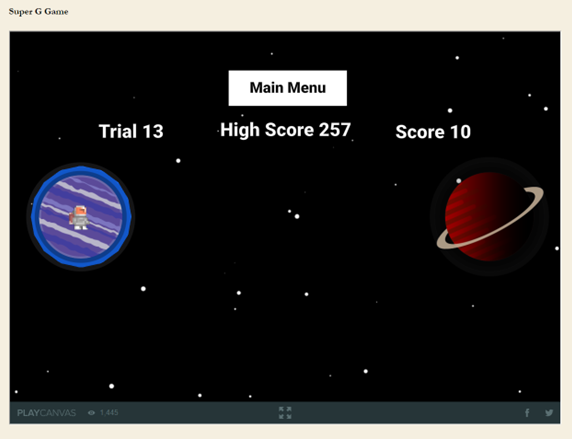Age and sex effects on SuperG performance are consistent across internet devices
DOI:
https://doi.org/10.17083/ijsg.v10i2.598Keywords:
Motor Performance, Aging, Sex, mobile game, Computer game, DementiaAbstract
There have been recent advances in the application of online games that assess motor skill acquisition/learning and its relationship to age and biological sex, both of which are associated with dementia risk. While this online motor learning assessment (called Super G), along with other computer-based cognitive tests, was originally developed to be completed on a computer, many people (including older adults) have been shown to access the internet through a mobile device. Thus, to improve the generalizability of our online motor skill learning game, it must not only be compatible with mobile devices but also yield replicable effects of various participant characteristics on performance relative to the computer-based version. It is unknown if age and sex differentially affect game performance as a function of device type (keyboard versus touchscreen control). Thus, the purpose of this study was to investigate if device type modifies the established effects of age and sex on performance. Although there was a main effect of device on performance, this effect did not alter the overall relationship between performance vs. age or sex. This establishes that Super G can now effectively be extended to both computer and mobile platforms to further test for dementia risk factors

Downloads
Published
Versions
- 2023-06-08 (2)
- 2023-06-07 (1)
Issue
Section
License
Copyright (c) 2023 Andrew Hooyman, Sydney Schaefer

This work is licensed under a Creative Commons Attribution-NonCommercial-NoDerivatives 4.0 International License.
IJSG copyright information is provided here.